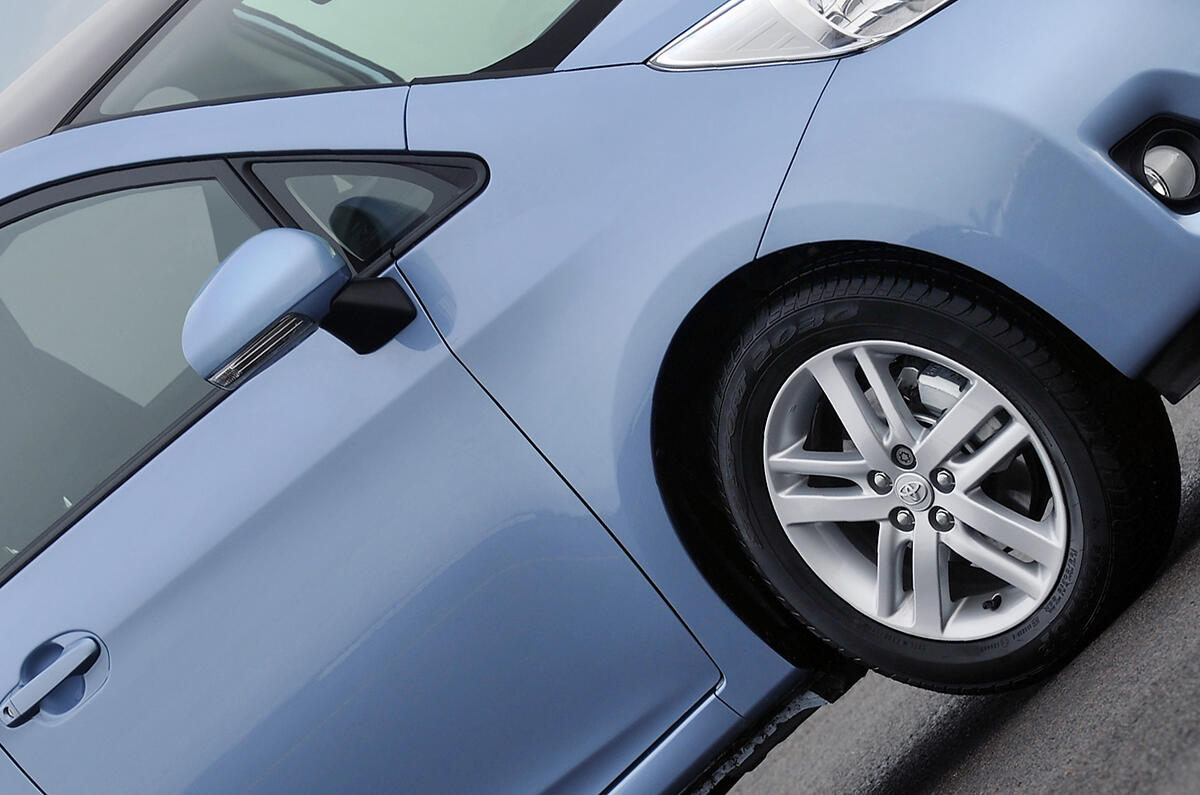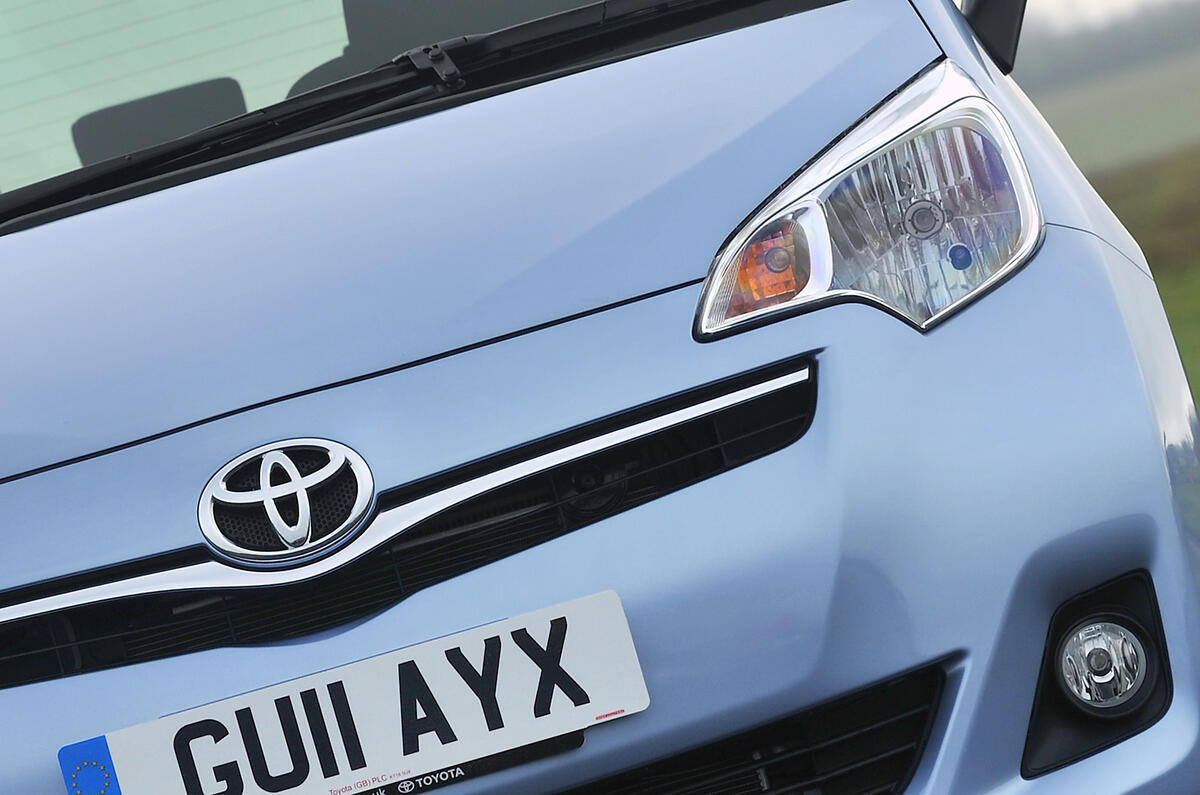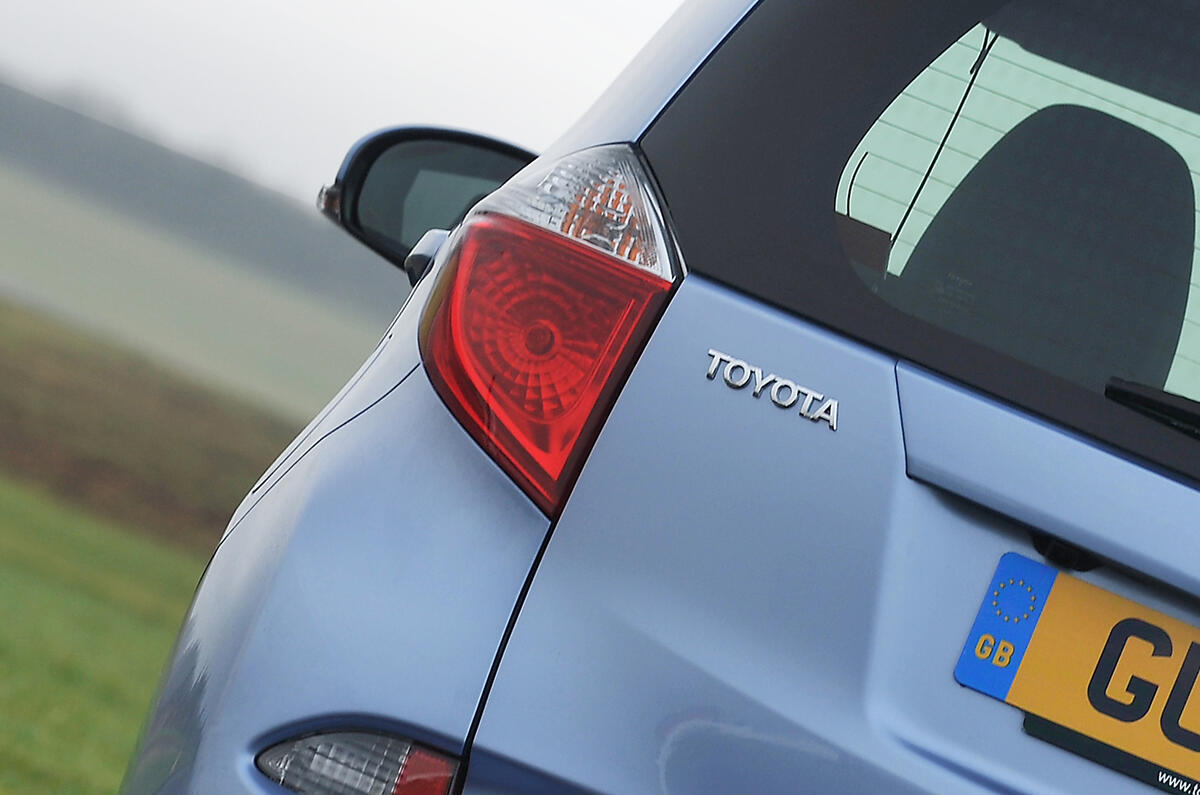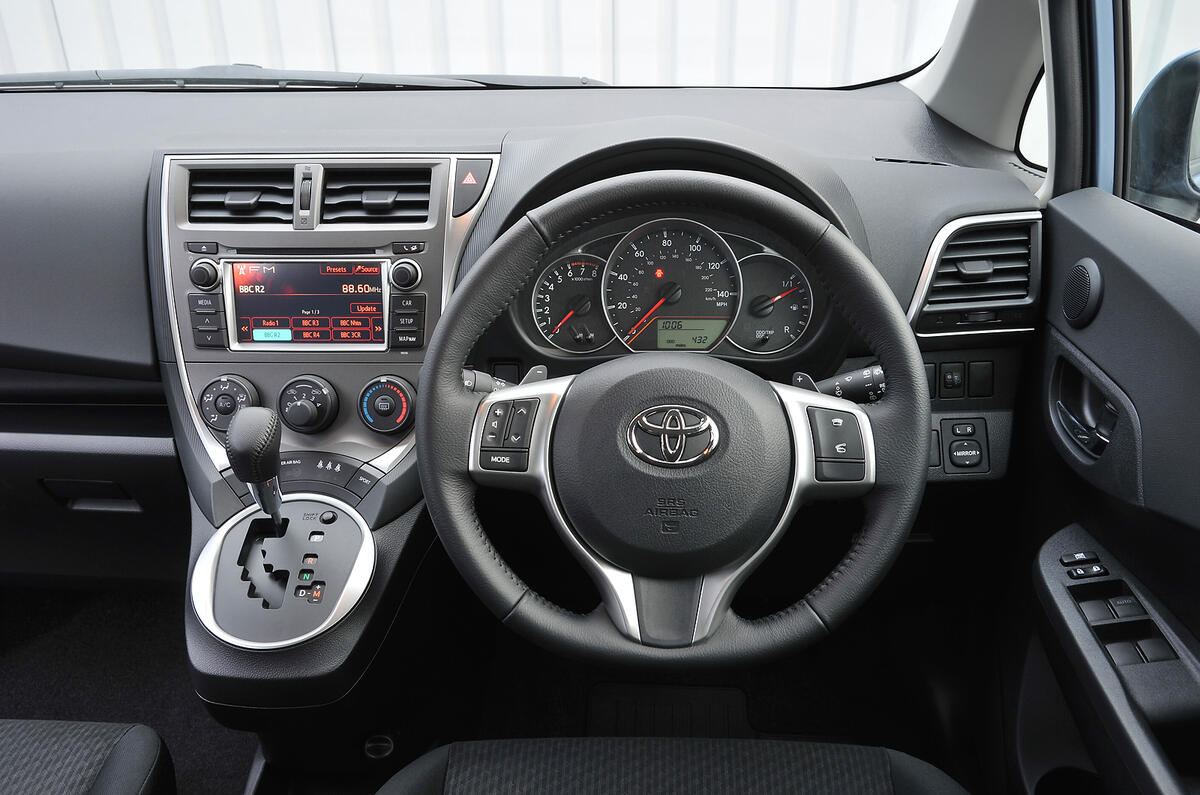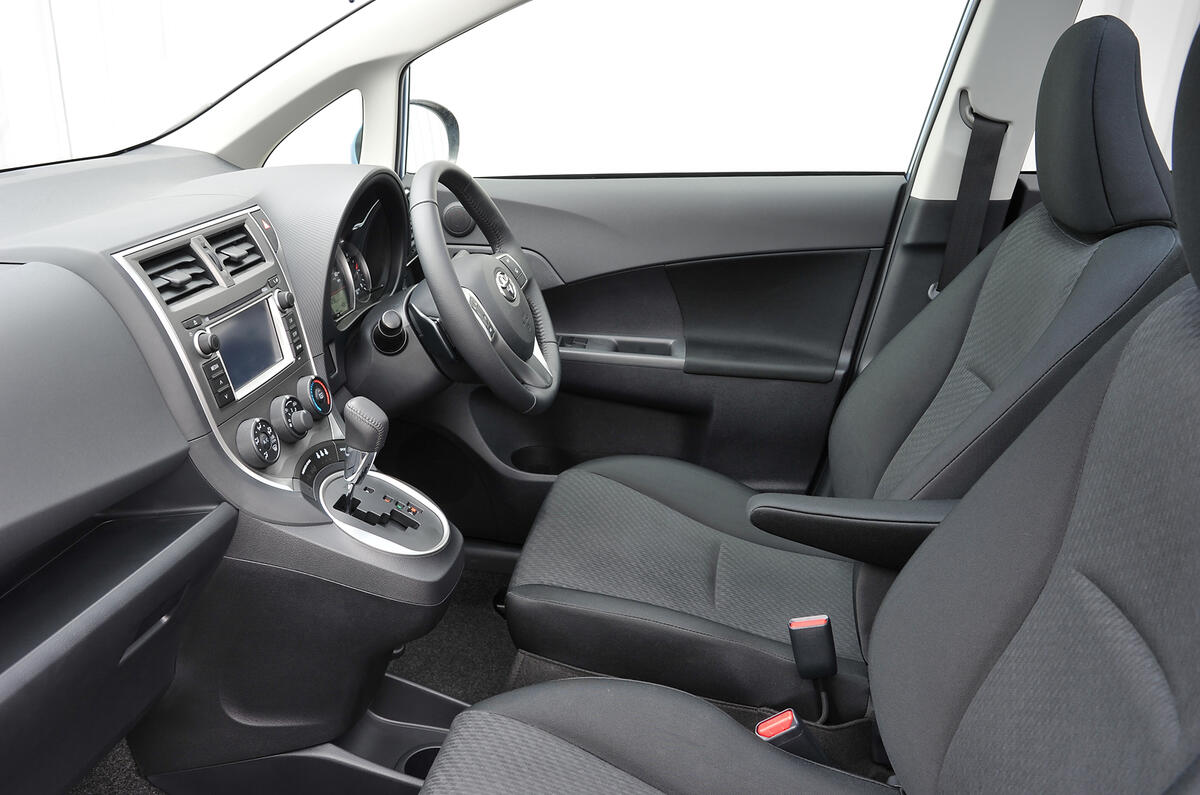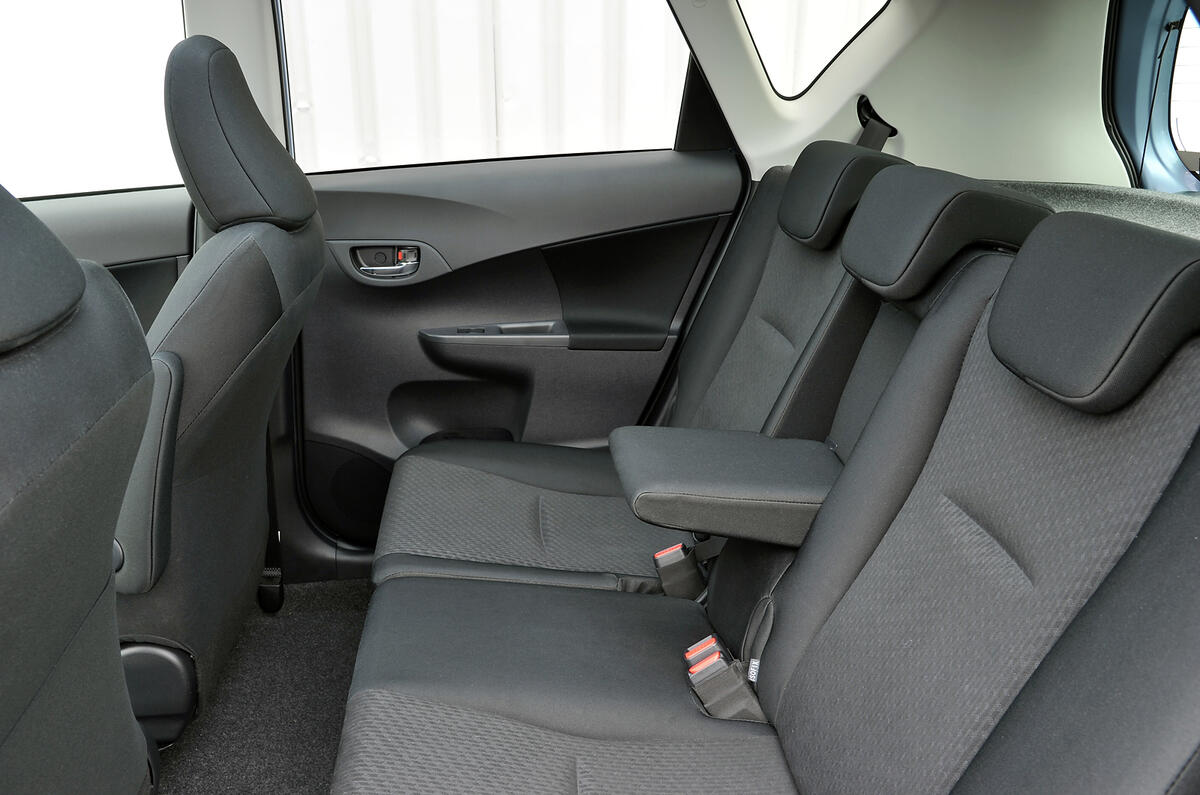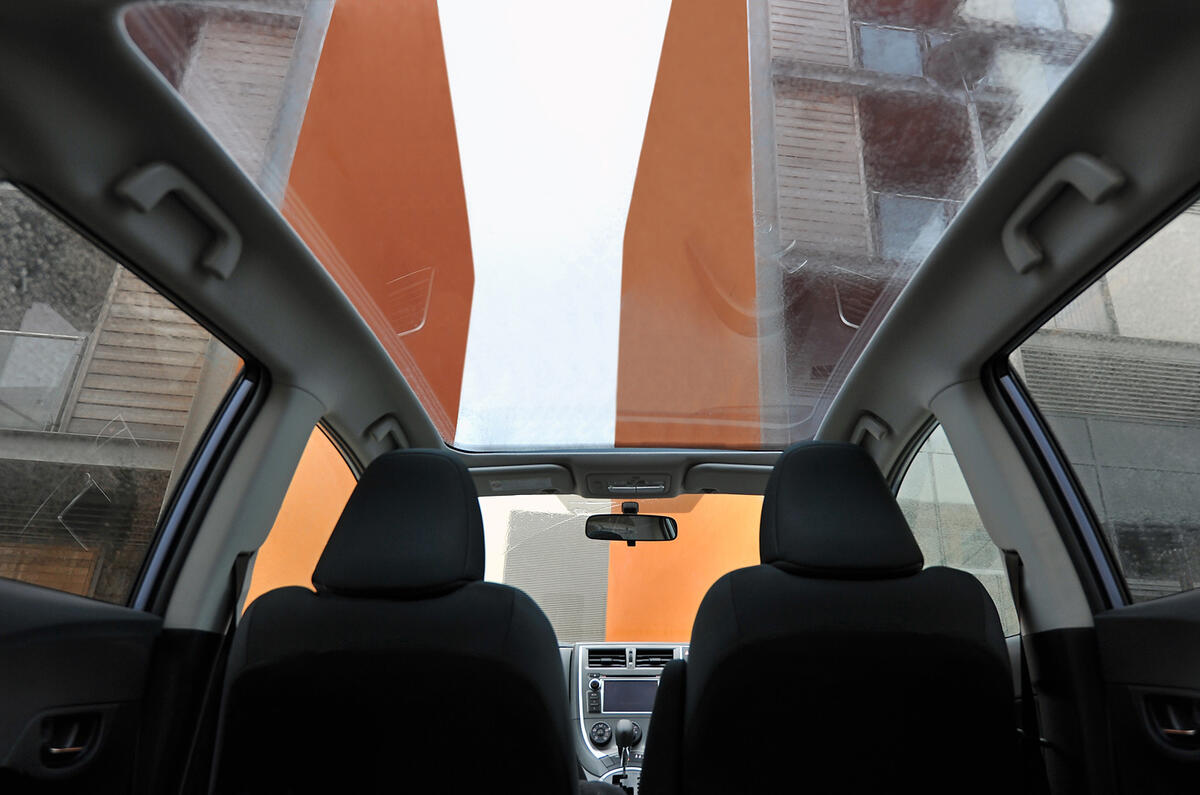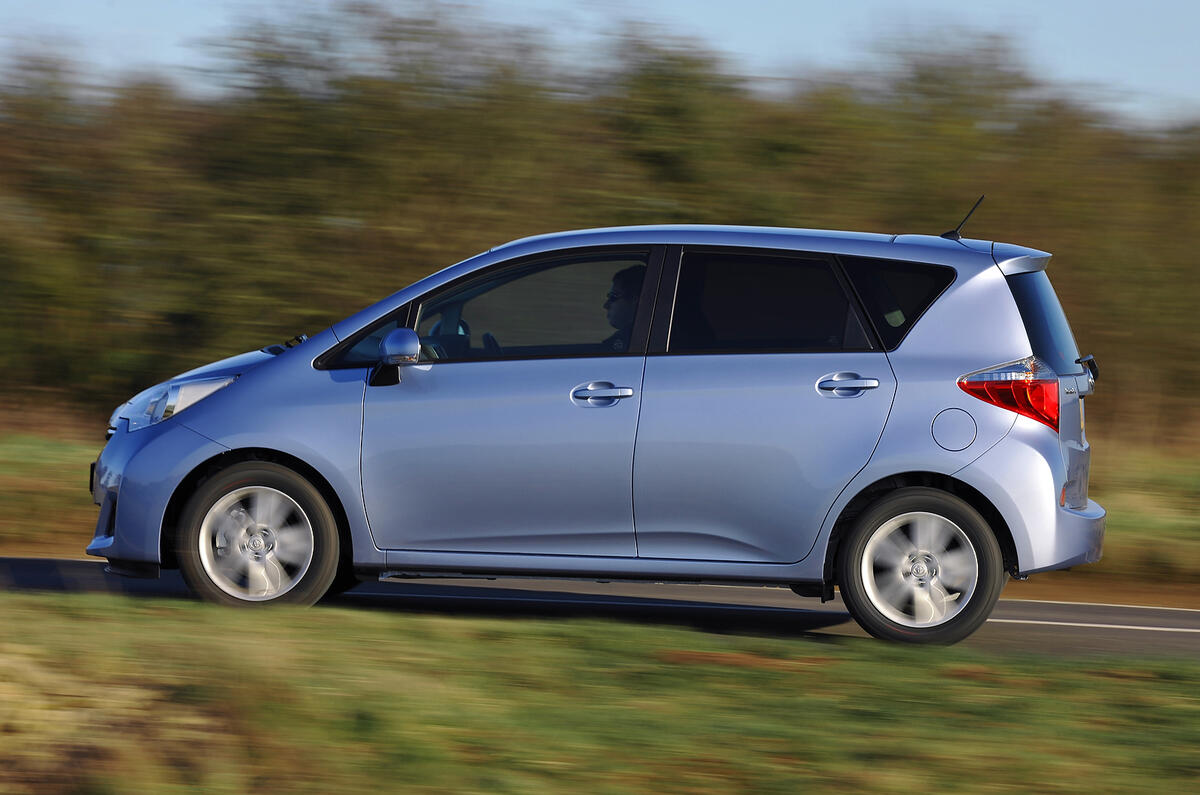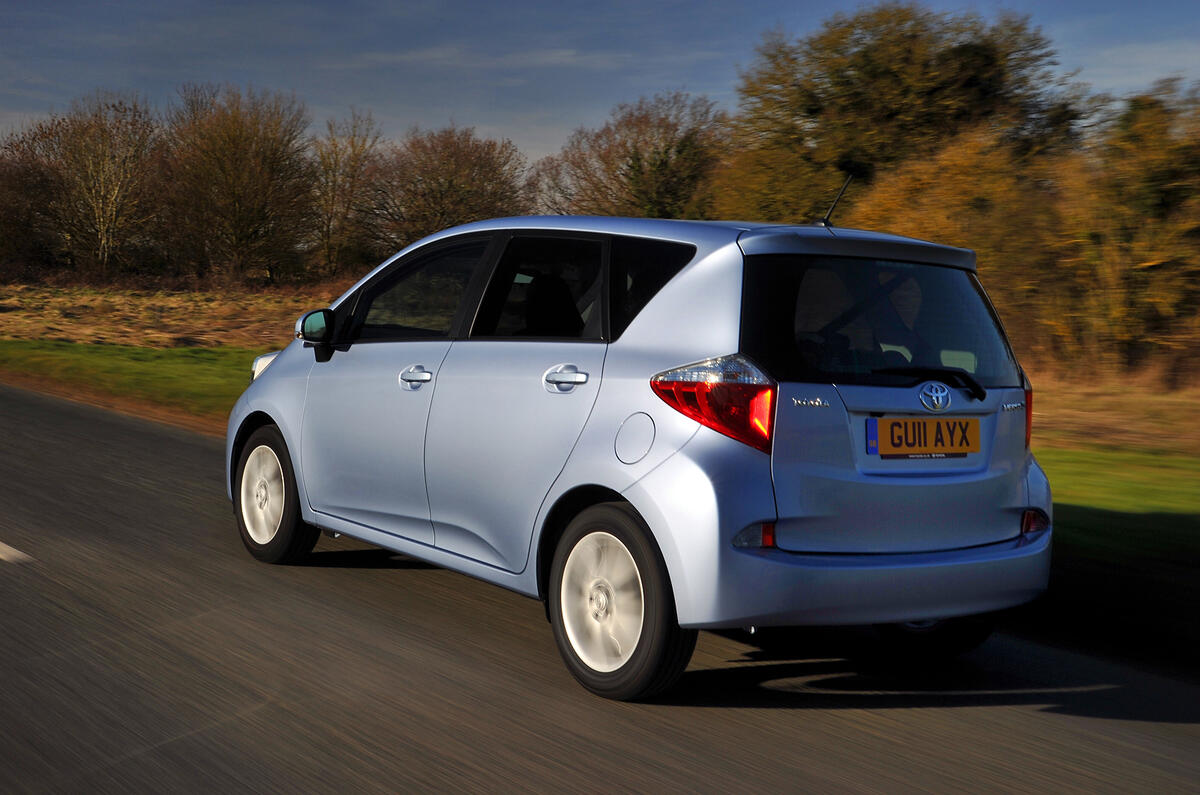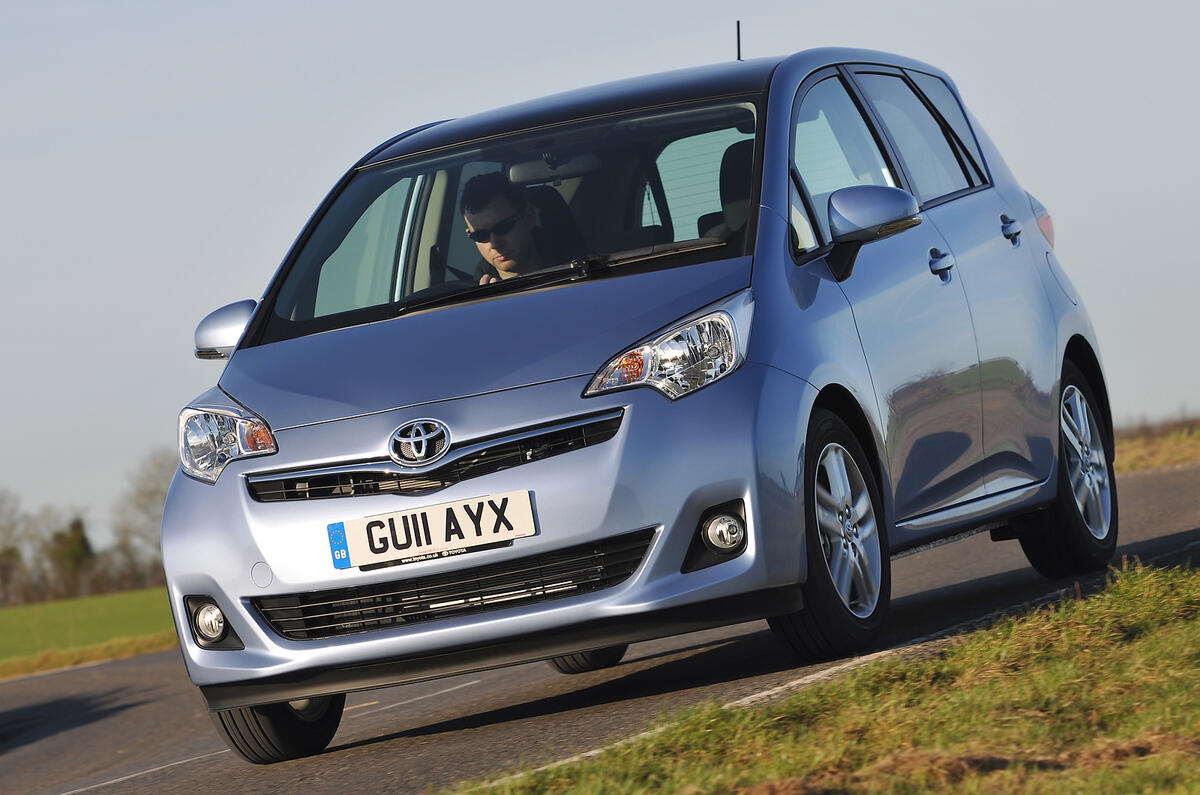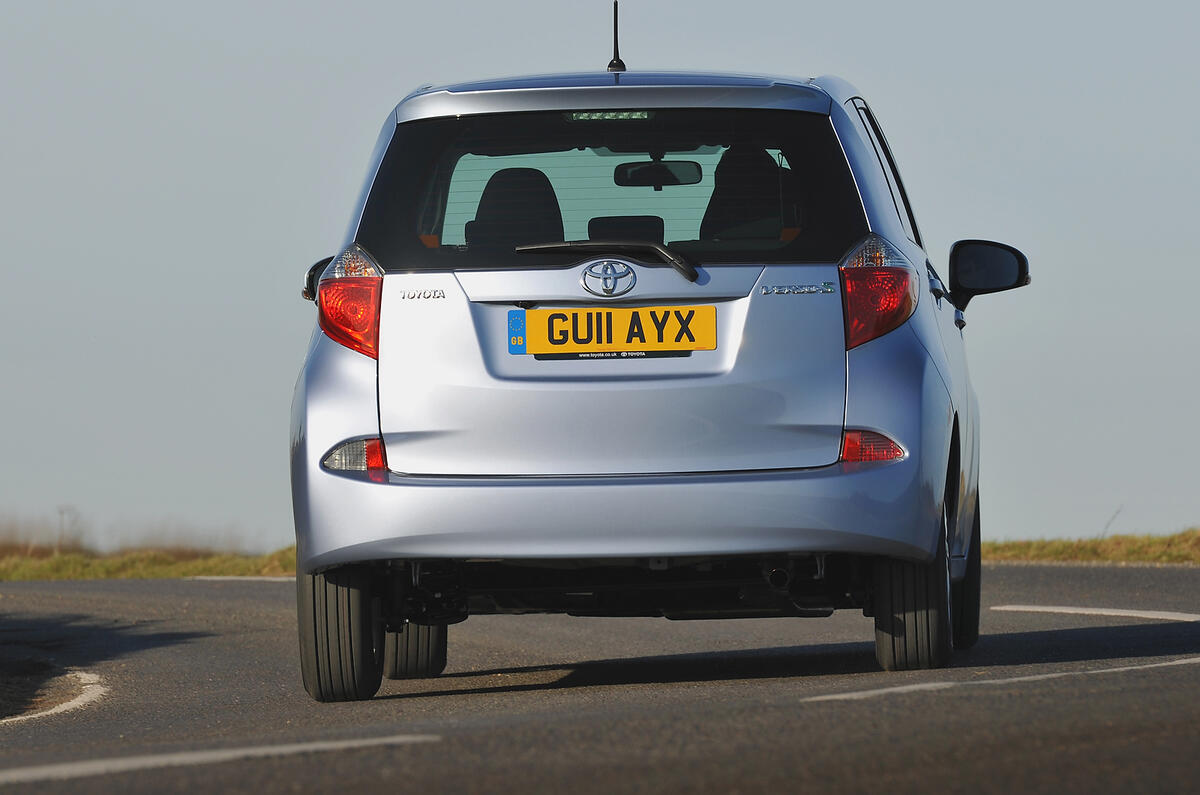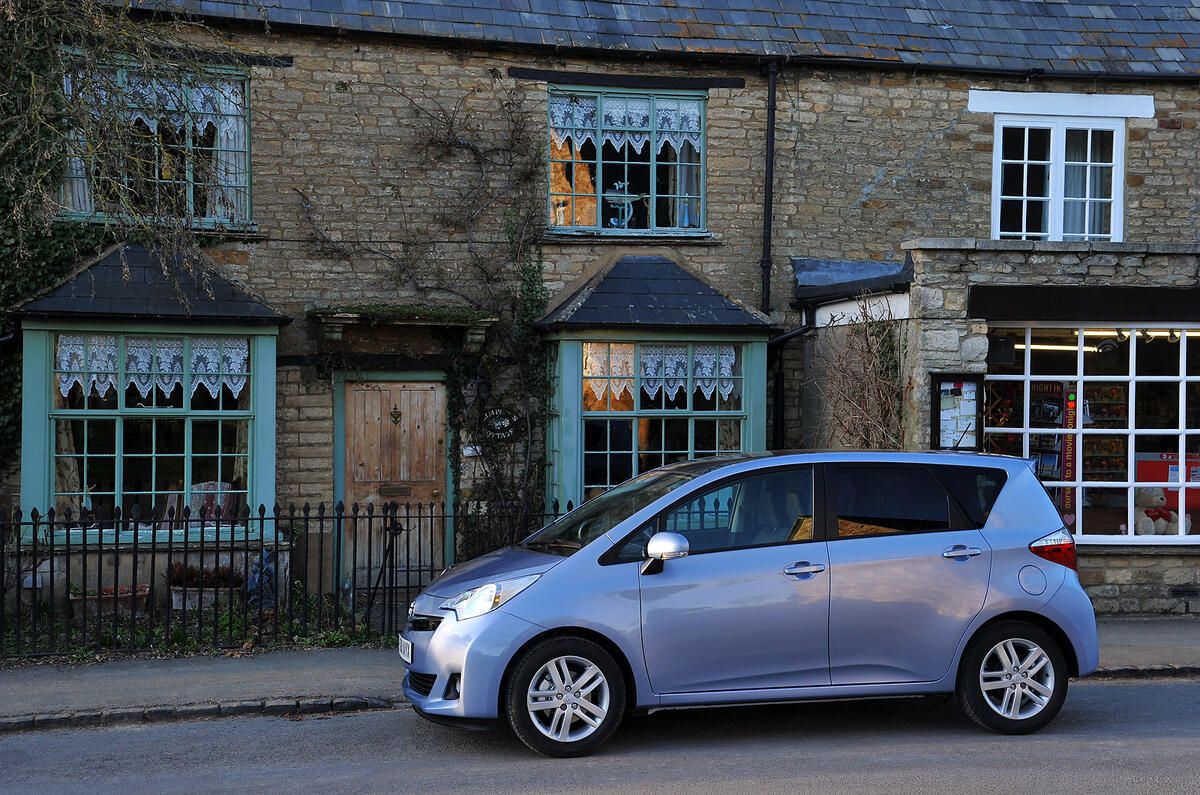The Toyota Verso-S is a successor to the unexpectedly popular Yaris Verso. Launched in the UK in 1999, the Yaris Verso remained on sale until late 2005, during which time it sold over 10,500 units in the UK. It was decided that the second generation was too similar to the standard Yaris to sell well in the UK, hence the many years without a B-segment MPV in Toyota’s line-up.
The concept of a supermini MPV is not a new one. There are a number of variations on the theme on offer today, among them the Honda Jazz, Citroën C3 Picasso, Kia Venga, Nissan Note and now Toyota is taking them on with the new Verso-S.
On paper the Verso-S looks like a good entrant in this niche in the supermini market. It is less than four metres long, has a pretty roomy cabin and seemingly ticks all the boxes that will matter most to prospective (and most likely older) buyers – with both comfort and affordability top of that priority list. It’s as well that the 1.33 VVT-i petrol version isn’t expensive to run, since it’s the only engine option available.
So there’s one engine, but two trim levels, both reasonably specced: the TR and the more luxurious T-Spirit. By the standards of its limited direct rivals, the Verso-S appears very competitive. But with a list price that puts it up against plenty of models besides mini-MPVs that offer a broad array of talents, the Verso-S needs to do more than just meet the standards of its niche segment to stand out.



